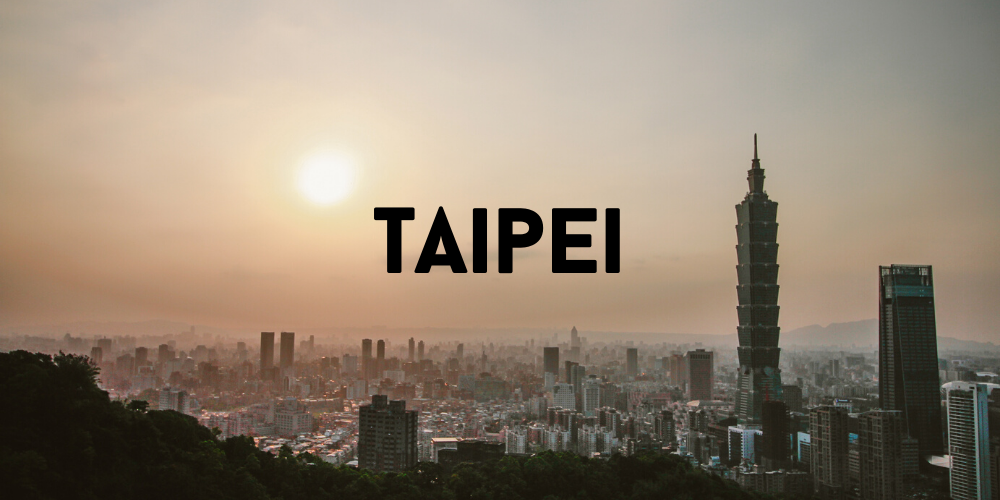By Nora Ma
Taipei is the capital of the Republic of China (Taiwan). It is located in the northern part of the island and serves as a center of commerce, industry, trade, and government. Taipei’s history is intimately related with the history of the island. Originally named Formosa, the island was mainly the land of Austronesian aboriginal peoples prior to Chinese and European arrival. However, in the early 1600s, the Dutch arrived and the already-increasing Chinese population swelled due to economic opportunity, fostering a market for the Dutch, the Chinese, and aboriginal groups that were forced to adapt to the new exchange of goods. Following the Dutch and Chinese colonization of Taiwan, Ming loyalist Zheng Chenggong, more popularly known as Koxinga, liberated the island from Dutch rule between 1661 and 1662 (Liu and Liu, 2). However, the Qing dynasty later regained control of the island. The Qing would remain in control of the island until the Treaty of Shimonoseki in 1895 that officially handed Taiwan over to Japanese rule.
After the Treaty of Shimonoseki, Japanese officials and administration began to change the island of Taiwan. The Japanese began to industrialize the island, introducing different forms of transportation, new regulatory standards for sanitation, Westernized architecture, and other reforms that were associated with modernization (Allen, 33). After World War II and the Chinese Civil War, the defeated Kuomintang Nationalists occupied the island. The Kuomintang implemented a period of White Terror following the 228 Incident — in which an anti-government or anti-KMT uprising was initiated by native Taiwanese — choosing to suppress Taiwanese dissent and maintain resolute single-party rule of the island (Musgrove, 300). Subsequently, Taiwan also experienced rapid economic growth, claiming its spot as one of the “Four Asian Tigers.” Only after the end of martial law, slow liberalization, and student activism in the late 20th century did the island have fully democratic elections, a reformed legislative body, and acceptance of a new challenger party, the Democratic Progressive Party (Musgrove, 308).
The reports on Taipei will explore three themes: the structural changes of Taipei during Japanese rule, Japanese policy on malaria and its effects on Taiwanese, and the White Lily student movement during late KMT rule. In the period of Japanese colonial rule, clear connections can be made between official policy of sanitation, treatment of Taiwanese, and how Japanese influence on the built environment changed the lived experience of those native to the island. These two reports assess the structural changes, such as irrigation and architecture, as well as policy changes, such as those that address disease. These reports demonstrate that Japanese colonialism brought modernizations to Taipei, but the changes were complicated and tainted by assimilation and other colonial goals.
For the period of KMT rule, the report analyzes political liberalization in relation to the Chiang Kai-Shek Memorial Hall and the White Lily student movement. The movement demanded changes in policy regarding speech and representation. The report considers how the memory, understanding, and perception of the hall changed with the protests that occurred there, challenging popular understandings of Chiang Kai-Shek’s legacy and the power of the KMT. The report also considers how the structural features of the hall and the events that occurred there parallel those of Tiananmen Square.
Ultimately, all three of these reports consider how a city’s history is shaped by both the built and natural environment. Ranging from the variant malarial policy based on geographic density of Japanese population to the collective memory of Chiang Kai-Shek Memorial Hall, these reports will highlight different claims to Taipei and Taiwan, and the impacts of these claims on Taipei’s urban history.

